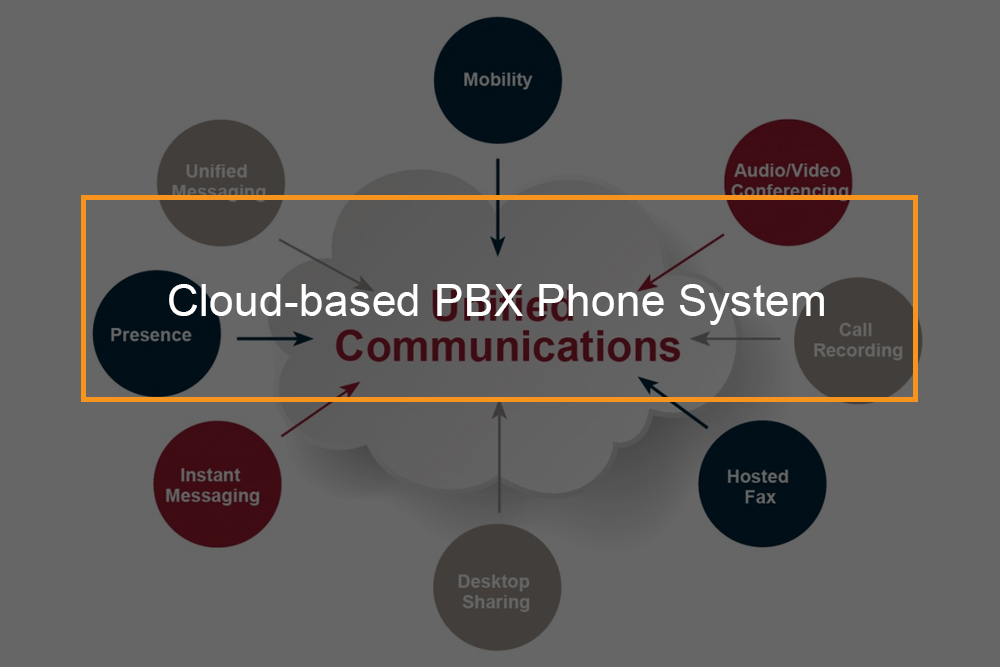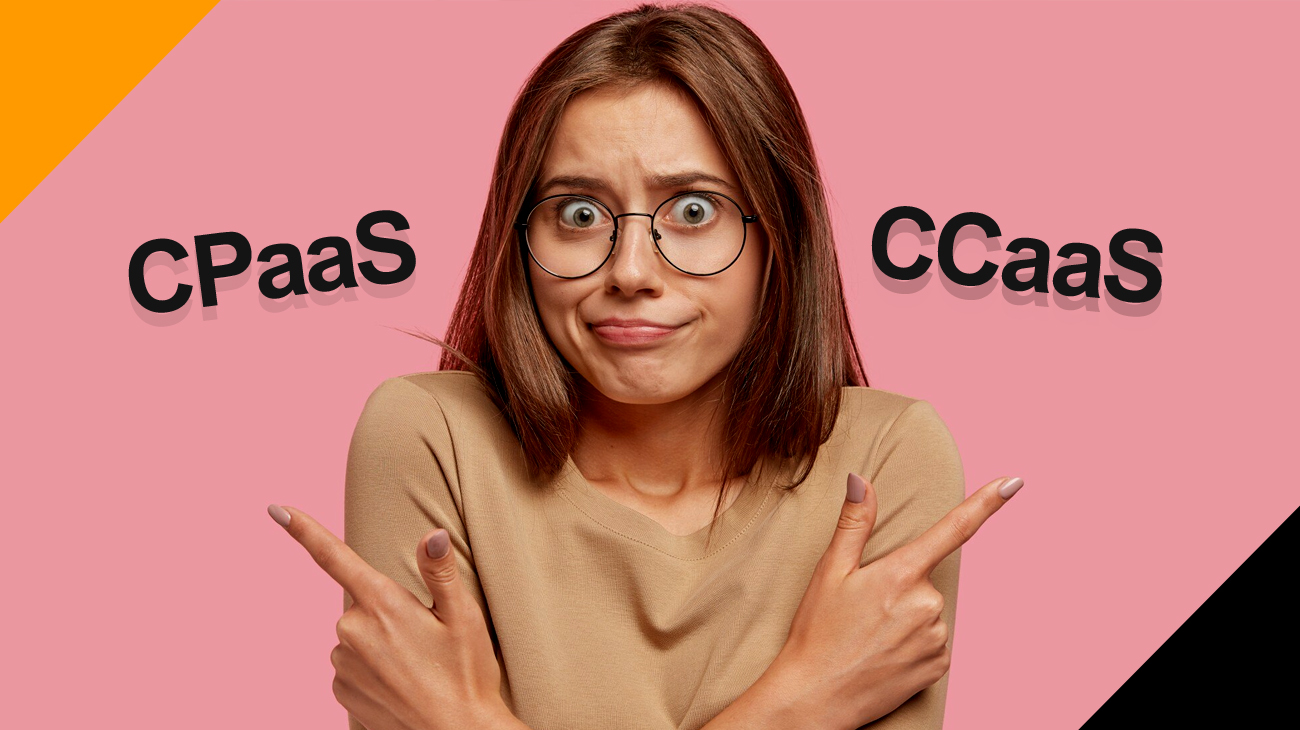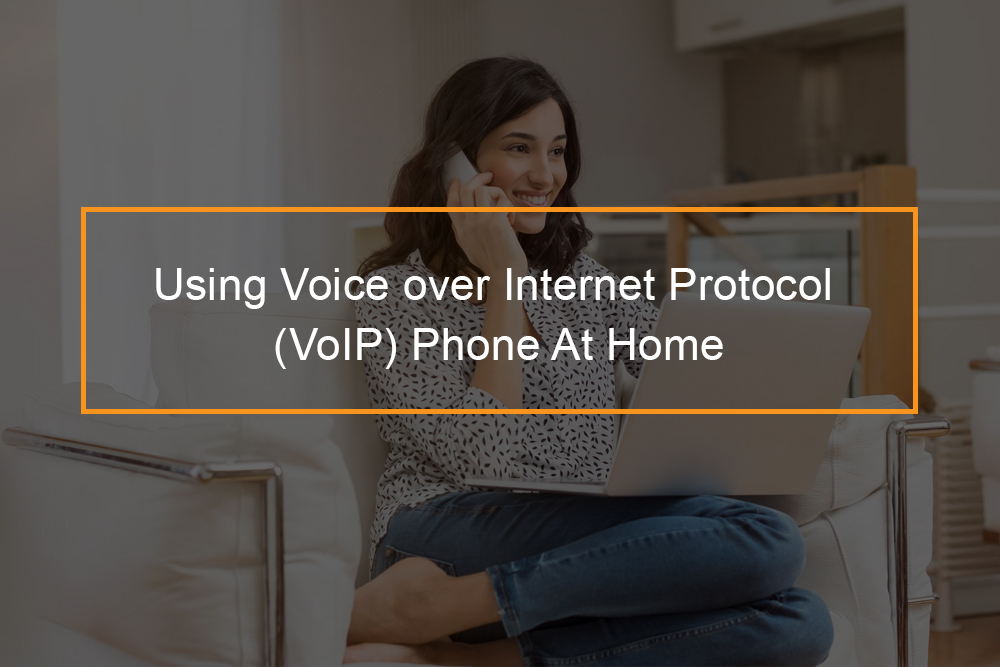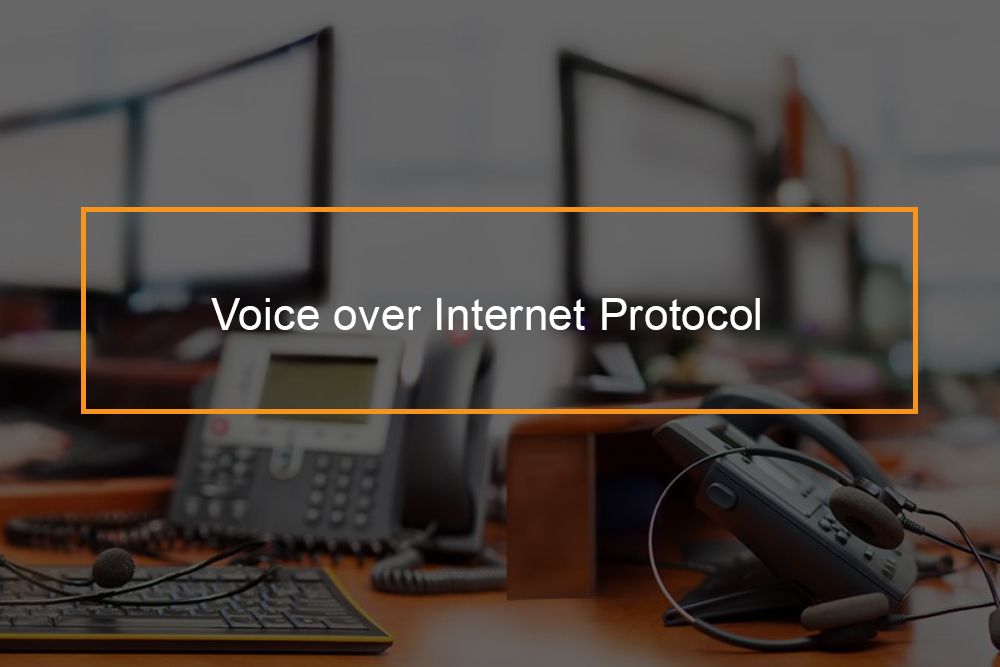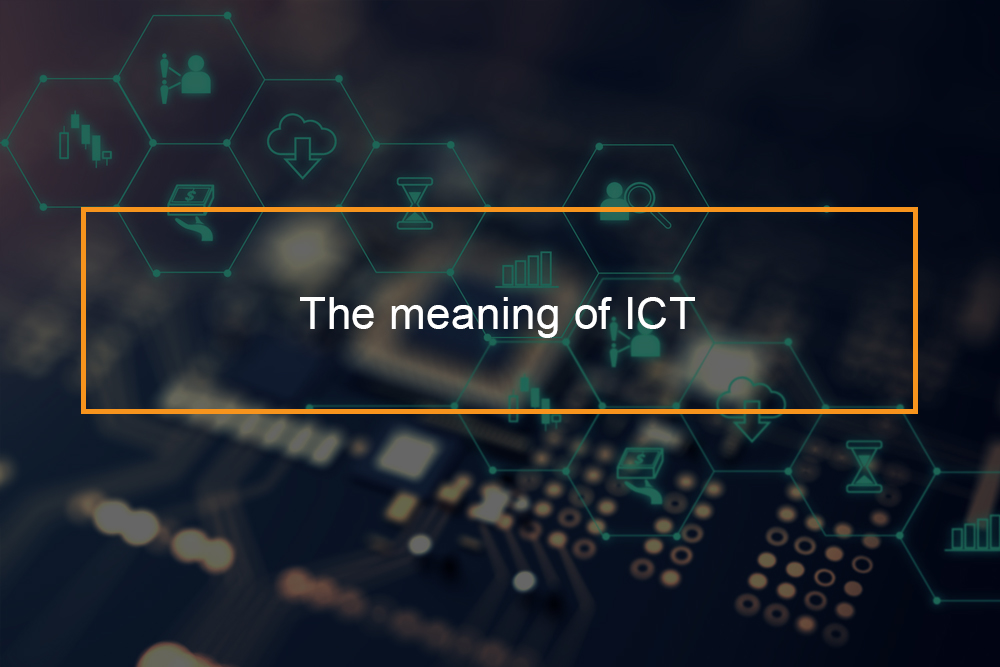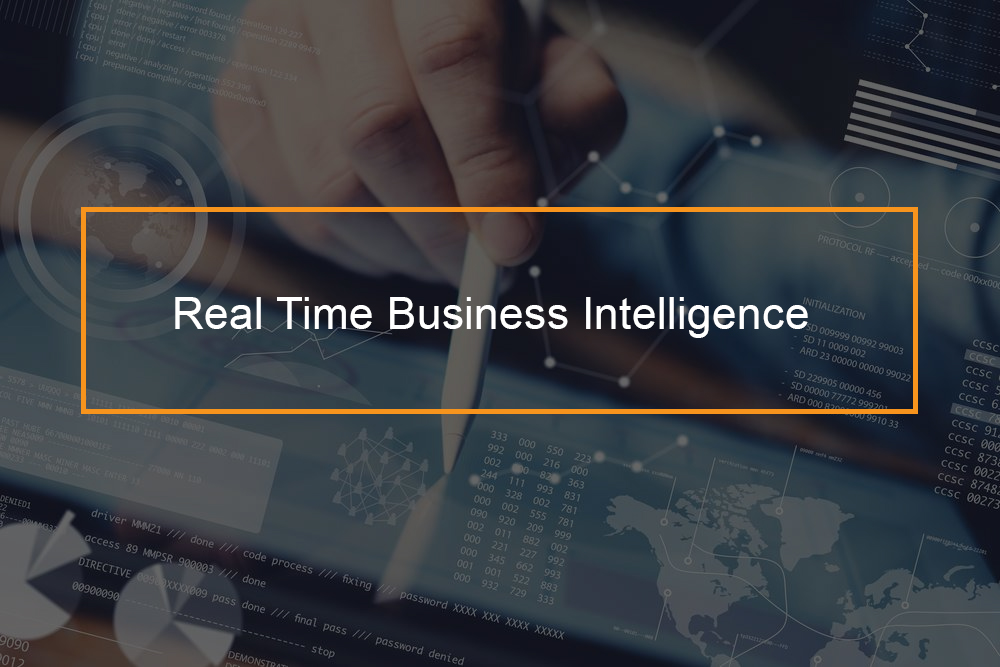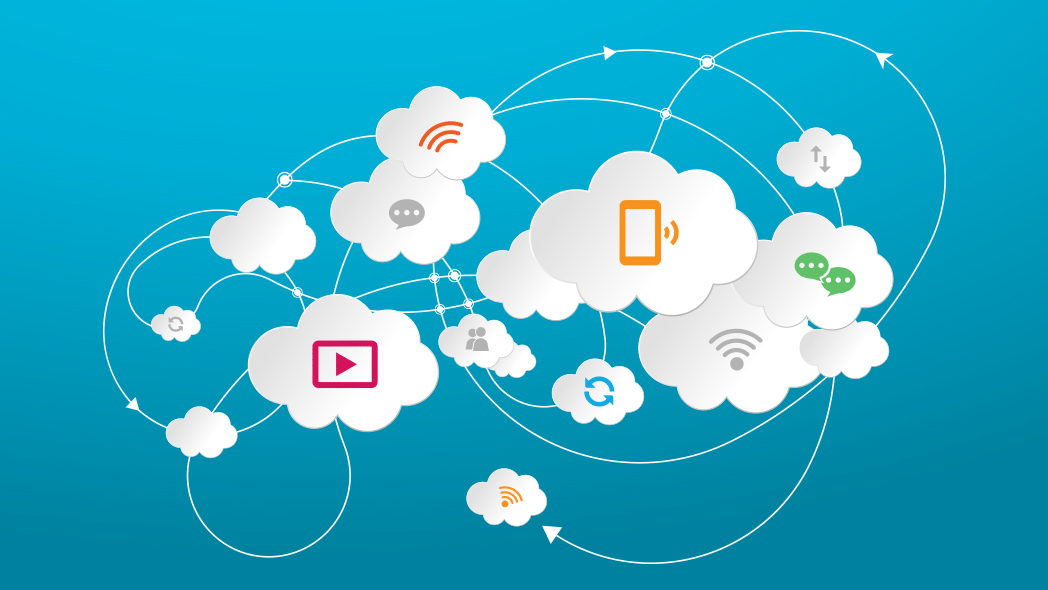 Explaining communications platform as a service and communication APIs
Explaining communications platform as a service and communication APIs
Communication platform as a service or CPaaS is a cloud-based platform which enables businesses to add realtime communication features without backend infrastructure. They do so by using application program interfaces (APIs). These features include video, voice, and messaging.
Before CPaaS, designing apps that allowed certain types of communications was not possible. Today, CPaaS providers let you use their APIs in your mobile apps or web apps to request reviews vis SMS when someone submits a form using your mobile app or in your websites. Automated text messages can also be sent to your clients to remind or confirm something.
The capabilities delivered by APIs include telephony, video, multimedia messaging services (MMS), and short message services (SMS).
CPaaS and embedded communications
Businesses that want to embed communications in their applications use CPaaS. The communications platform is also deployed by businesses that want cloud services and software developers that want to add communications capabilities to their apps and other services.
The platform also includes proper software developer’s kits and .NET or Java libraries for developing apps on various platforms.
What is SIP trunking?
Sip trunking is a way for business phone systems to work using the internet. It gets rid of the physical connection to a phone company. This lack of hardware also comes with the advantage of cost, reliability, and ability to easily scale your business.
The characteristics of the communications platform as a service
Defining properties of CPaaS
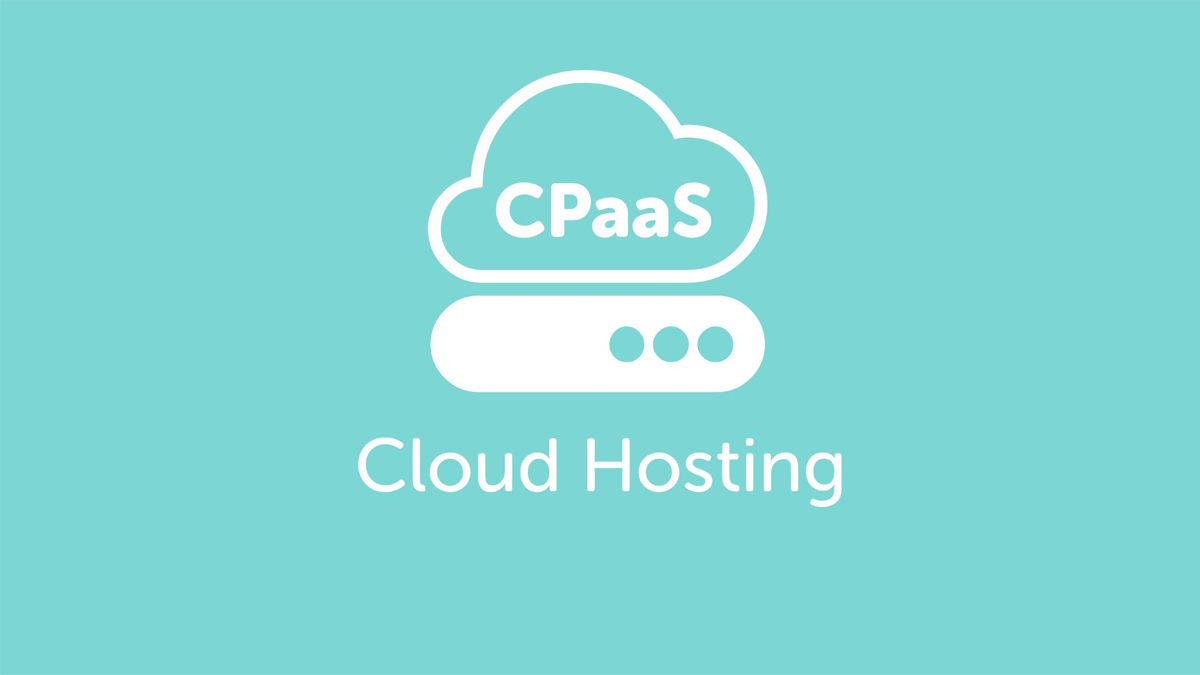 Below are key characteristics that define CPaaS
Below are key characteristics that define CPaaS
Internet-based communication unifies communications
CPaaS has opened the opportunity for cloud-based communication platforms and realtime communications. Before this, realtime communications was only possible on systems specifically built for that purpose, for example, the traditional phone call. Now, businesses can communicate with their customers through additional means such as video and chat.
CPaaS unifies communications and enterprises enjoy the benefits of having one platform for all their communications channels.
Realtime analytics and dynamic reporting of CPaaS
CPaaS offers dynamic reporting tools and real-time analytics. This can be used to ensure SMS delivery and call usage information. All this data can be conveniently accessed through a user-friendly dashboard.
Seamless integration by CPaaS solutions
Proper CPaaS solutions are equipped with Application Programming Interfaces (APIs) and Software Development Kits (SDKs). This, therefore, means that software developers can seamlessly integrate their systems and quickly deploy their products.
When communications tools are integrated into a business application, it gives a whole new meaning to the term unified communications.
CPaaS supports multiple programming languages
Top CPaaS solutions today support many different programming languages. This makes it very easy for the in-house developers in a business to start customizing the system with the language they are most comfortable with.
Cloud-based communications platform support the following programming languages: Java, PHP, .NET, and Python.
For those who lack the coding skills, you may not need to write a single code. CPaaS supports a drag and drop model for DIY customization.
Scalability and reliability of CPaaS
Communication solutions that are cloud-based are generally very scalable and highly secured. Depending on your current business demand, you can easily scale up or even down and only pay for what you currently use.
Businesses that have CPaaS solutions can also handle seamless scalability from prototype to global production. They will also be in a better place to improve business continuity and have all their data backed up on the cloud.
This solution calls for little to no investment, and when businesses take advantage of it, they would move forward and grow.
CPaaS provides global reach
Brands that partner with good CPaaS vendors benefits from instant access to hundreds of carriers across the globe. CPaaS can also help businesses increase their regional and international reach without engaging with a telecommunications carrier.
Enterprises can also customize the platforms to suit their specific target audience. Furthermore, they can engage with a customer on an individual basis, depending on the customer’s preferences. A client may prefer a phone call during specified hours and a chat during other hours. Or maybe they prefer email over phone calls at certain hours.
Pay-as-you-go CPaaS billing model
Businesses do not have to worry about huge amounts of investments in backend infrastructure, which is usually the case with traditional communications services. With CPaaS, there is usually no upfront capital required.
With the pay-as-you-go model, businesses customize their communications services and start to interact with existing and potential customers in a more efficient way.
Advantages of using CPaaS
Companies that offer CPaaS solution can use cloud technology to offer businesses of any size to quickly develop and embed communications features. When it comes to the development teams, they can save on wages, time used for marketing, and infrastructure.
As discussed in the characteristics of CPaaS, users only pay for services that they need and use. This makes this solution very affordable. The billing model is a major advantage of the communication platform as a service.
Another advantage of this platform is that it allows multi-tenancy. This is the ability for many clients to use the solution at the same time at a separate and secure environment.
There is also 24-hours technical support available for users of CPaaS. There are online tutorials, forums, and guides available for developers to help them with any problems they might encounter. There is also live support that they can access at any time.
Another advantage of CPaaS is that it allows developers to solely focus on building and developing their applications rather than focusing on the IT infrastructure.
Examples of CPaaS applications; contact centers, security features
The CPaaS market has grown rapidly. This has been contributed by the need for contextual communications, as many businesses are looking to improve customer experience. Some of the common examples of CPaaS include authentication services, appointment reminders, and video-enabled help desks to reach out to contact centers.
Video-enabled help desks are more personalized to fit individual customer needs and are more interactive than traditional channels. Customers can instantly reach a contact center or support agent in a company website by the click of a button. The platform can also track how the customer engages with the system.
When it comes to authentication, online banking services can utilize CPaaS to authenticate or verify passwords and other logins to reduce identity theft.
UCaaS vs. CPaaS: What is the difference UCaaS and CPaaS
These two concepts can, at times, be very confusing. New businesses might have a hard time determining the right solution for them.
UCaaS is Unified Communications as a service. These are products which indicate a term for cloud-hosted unified communications. UCaaS systems are based in the cloud and are ready to go. This, therefore, means that they can be deployed rapidly. The services offered are usually billed per seat per month.
CPaaS comes in when services become platform-based solutions. Communication APIs are cloud-based applications that let developers quickly integrate their calling, texting, and other communications functions.
The main difference between UCaaS and CPaaS, therefore, is that UCaaS is ready to go and CPaaS require developers to write codes and develop what you need.
The CPaaS market and its growth over the years
The CPaaS market is made up of independent software vendors, service providers, system integrators, and vendors for the traditional equipment. It is, therefore, difficult to define the market. In recent time, there has been a number of consolidation happening between CPaaS and UCaaS providers.
Top CPaaS trends to look out for
What the near future holds for CPaaS communications platforms?
Communications platform as a service is still growing. In fact, it is forecasted to grow from $2 billion in 2017 to around $11 billion by 2022. With all the transformation that has happened in this field so far, what else can we expect? Here is what the future holds for CPaaS.
Virtual Reality (VR)/ Augmented Reality (AR) for CPaaS
Virtual reality technology has no doubt evolved greatly over the years. CPaaS vendors can now take advantage of this technology to provide better communications experience. Video conferencing will soon evolve to video interaction thanks to augmented reality and virtual reality. This customer experience will be more immerse.
Artificial Intelligence (AI), Machine Learning (ML) in CPaaS for better customer experiences
Artificial intelligence and machine learning technology are all over. Companies analyze and visualize data and use it in realtime. Many of the CPaaS providers already have this data and analytics capabilities and use it to optimize performance, operations, and end-user experience.
Application Programming Interface (API) in the telecommunications ecosystem
Since CPaaS in cloud-based with APIs, enterprises do not need to invest in expensive hardware. APIs allow businesses to configure and embed their own collaboration and communications solutions in realtime without any backend infrastructure. It is very important to take advantage of APIs to build an engagement ecosystem, especially in this digital age.
Chatbots for CPaaS
Chatbots are already having an impact on customer experience. A lot of us talk to machines on a daily basis. This will soon become a normal part of cloud-based communication platforms. All that is needed is an improvement is conversational interfaces and smarter bots.
CPaaS goes serverless
The top cloud platforms are offering serverless services. Soon serverless architecture will be the norm in CPaaS infrastructure. Going serverless is advantageous because developers will be able to build and deploy applications that help scale enterprises seamlessly.
Integrated Development Environment (IDE) for CPaaS
CPaaS will enable citizen coders to make use of IDE to build applications for businesses that will improve business processes. These solutions are designed for specific projects and tasks.
Problems such as lack of top tech talents for coding and has made the DIY drag and drop model very popular in the CPaaS industry. You do not need to have the coding skills, or even write a single line of code; anyone can use this model. This has made it more productive and efficient.
Omnichannel communication in CPaaS
Chat applications such as Facebook Messenger and WhatsApp are increasingly being used in enterprise communications. In fact, these have become the go-to marketing tool for many businesses. Text messages are still important; however, businesses need to also focus on other communications channels, such as social media ones.
This is where an omnichannel communication model will come into play. This will bring seamless integration in apps like WhatsApp and Facebook Messenger for customer interaction. This will also make it easier for businesses to communicate with their clients through their preferred channel.
Choosing the best CPaaS providers
Top CPaaS providers
CPaaS service providers are many; some offer more or less the same features, while others vary a little. To help you decide which CPaaS solution will best suit your business needs, we have compared some of the top-rated CPaaS providers.
These are the top-rated CPaaS providers featured on our comparison:
- Twilio
- Bandwidth
- Callrail
- Nexmo
- Plivo
- SMSGlobal
Feature comparison for CPaaS providers
Programmable SMS is a feature that lets you send and receive SMS. This feature is available in all of the featured CPaaS providers. The same goes for group messaging features and dedicated virtual number features.
When it comes to programmable voice, where you can make, receive, and monitor calls, all the features CPaaS providers offer the service expect SMSGlobal. SMSGlobal also lacks SIP trunking services while all the rest have it. SIP trunking lets the end point’s PBX make and receive calls over the internet.
Twilio, Bandwidth, and Nexmo are the only ones in our list that offer programmable chat services. This feature allows you to add chat to any website or mobile application.
Twilio, Nexmo and Plivo also have the programmable video feature. This feature allows you to build Hd audio and realtime video applications using the cloud infrastructure and WebRTC.
Cost comparison for voice-related features among CPaaS providers
When it comes to outgoing calls Twilio charges start at 0.013/min, Bandwidth costs $0.01/min, Nexmo costs $0.0106/min, and Plivo is $0.012/min. Callrail has a package that starts from $30 per month that includes voice-related features.
For incoming calls, Twilio start charging from $0.0085/min, Plivo also charges the same rates. Bandwidth will cost you $0.0055/min, while Nexmo is $0.0054/min.
Charges for outgoing toll-free calls are as follows: Twilio costs $0.013/min, Plivo costs $0.003/min, and Nexmo charges will range from $0.0041 to $0.o167/min. Bandwidth is no listed for this service.
Charges for incoming toll-free calls are as follows: Twilio costs $0.022/min, Bandwidth costs $0.0195/min, Plivo costs $0.021/min, and for Nexmo the charges vary depending on the package.
SMSGlobal does not offer voice-related services.
Cost comparison for SMS related features among CPaaS providers
SMSGlobal pricing for all SMS related features starts from $0.014 in the USA. These charges are different for Canada. Callrail has a package that starts from $30 per month that includes SMS-related features.
When it comes to a dedicated number, Twilio will charge you $1 per month, Bandwidth will charge you $0.35 per month, Nexmo will charge you $0.81 per month while Plivo will charge you $0.80 per month.
For incoming SMS, Bandwidth, Nexmo, and Plivo do not charge you. Twilio however, will charge you starting at $0.0075 per message.
For outgoing SMS, Twilio will charge you $0.0075 per message, bandwidth will charge you $0.005 per message, Nexmo will charge you $0.0069 per message while Plivo will charge you $0.0035 per message.
Shortcode charges are as follows: Twilio costs $3,000 for 3 months, the same goes for Plivo. Nexmo will charge you on a monthly basis at $1,000. Bandwidth does not offer shortcode services.
Shortcode message incoming charges are as follows: Twilio pricing starts at $0.0075 per message while Nexmo costs $0.0057 per message. Plivo offers this service for free.
Shortcode message outgoing charges are as follows: Twilio pricing starts at $0.0075 per message, Nexmo costs $0.0069 per message while Plivo will charge you $0.004 per message.
Charges for Toll-free numbers are as follows: Twilio will cost you $1.5 per month, Bandwidth will cost $0.75 per month, and Nexmo will cost between $0.75 to $1.95 per month. Plivo does not offer this service.
Key SMS features in CPaaS
The are some features you should keep an eye on when choosing your CPaaS service provider.
The first feature is a dedicated number. Having a dedicated number will increase the trust among the customers when they receive an SMS or call from the number. This is because they will be familiar with the number.
A toll-free phone number also comes in handy to help send or receive text messages. Standard rate may apply for this service.
Two-way SMS features are also helpful as customers can reply to your text messages. This service will attract a fee.
When choosing a CPaaS provider, choose one that best suits your business. Each provider has its pros and cons.

